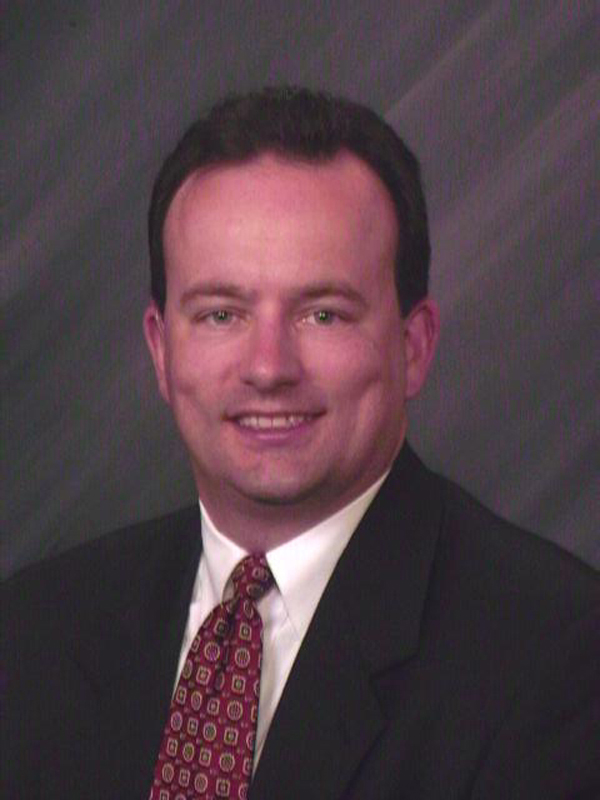By Tim Templeton, Special to the Independent
Visitors flock to Laguna Beach because it’s a great place to relax and leave the demands delivered by cell phones and laptops behind. But those who live or work locally, however, depend heavily on phone and Internet service. Without top-notch service, running businesses and even households becomes harder.
With Laguna’s unique topography – high mountains on one side and the ocean on the other – wireless communication signals struggle to reach many residents’ homes. We all know that normal FM radio reception is spotty in town. The winding canyon and coastal entry routes also present a challenge for

service companies trying to deliver phone and Internet signals using copper wiring or newer fiber optic cables. The Internet continues to offer newer services with increasingly higher bandwidth requirements, such as HD television, so service providers must upgrade their networks to keep their customers happy.
Laguna’s small town character makes it a great place to live, achieved by balancing those who call for modernization while respecting those who want to maintain our village’s character and charm. As technology evolves, it will become a greater challenge to upgrade our infrastructure while pursuing preservation and conservation.
Cellular communications is a divisive subject in town. Recent meetings saw residents debating the desirability of cell phone towers near residential areas, with each side making good points. Opponents cited studies claiming long term health effects from prolonged cell phone signal exposure. Proponents say efforts to block network expansion has led to continued dead spots in our community.
My household was affected when a T-Mobile tower was recently blocked in our neighborhood. We now pay T-Mobile extra to connect through our home Wi-Fi signal. The coverage isn’t as good as normal cell service, but it’s our only option if we want to keep T-Mobile service. T-Mobile continues to look for an alternative location for a local tower, and residents in our neighborhood await improved service.
The good news is that ongoing technological improvements are leading to smaller cellular antennas. So-called “small cell” technologies were demonstrated last week at the Mobile World Congress in Barcelona, Spain. Antennas the size of Rubik’s cubes may eventually be mounted in concealed locations, making it easier to fill dead spot coverage. Best of all, since these antennas are designed for shorter distances, power requirements will be lower, minimizing signal exposure and addressing one of the main local concerns about cell site proliferation.
Cellular communications are protected by the federal Communications Act, which makes it clear that local jurisdictions can only block construction when aesthetic concerns are raised. Barring those, as long as the service provider shows that radio frequency emissions are within established safety guidelines, the community government has limited authority. If we want residents and businesses in Laguna Beach to have world class telecommunication service, it appears inevitable cell site activity must continue until dead spots are filled.
Local cell coverage is among the issues discussed on an ongoing basis by Laguna Beach’s TechComm committee. Formed originally to help the city council in its dealings with the incumbent cable TV provider, the committee acts as an advisory board to the City Council, and has expanded its scope to discuss the spectrum of technology issues affecting the city.
Past discussions have included improving network coverage, video cameras for canyon fire safety monitoring and local wireless Internet service. I encourage you to attend the next meeting on March 14 at the Susi Q Center to learn more about technology issues facing the community.
Tim Templeton, a technology marketing professional, chairs the TechComm Committee. He can be reached at [email protected].




